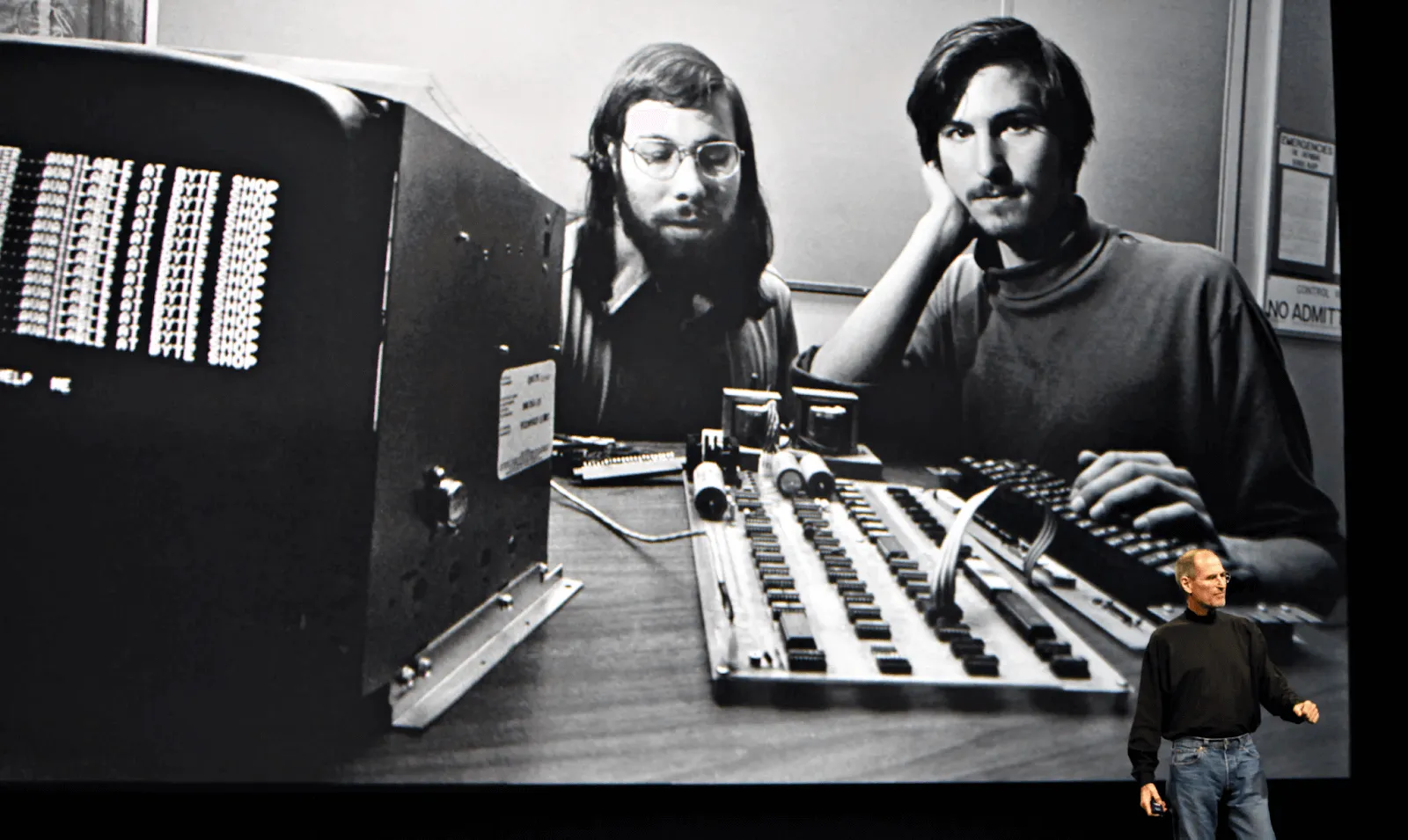

Setting the stage for success
Time to get busy. Lesson 3 covers the earliest stages of a product launch, starting with product discovery. Yes—the best launches are developed in parallel with the product itself. Also included: beta testing and setting launch goals.

Setting the stage for success
The launch examples in Lesson 2 have primed us for our next topic—best practices for a successful product launch.

Ok, so obviously there’s a lot that goes into a successful product launch, and we’ll get to all of that. Lesson 3 will focus on possibly the most important best practice—getting involved early!
Truly great product launches are the result of months of planning and development, not a few days or weeks leading up to the big day. Read on to ensure you and your team get started on the right foot.
Start with product discovery
Product managers will be the first to tell you that what they believe customers want and what they actually want don’t always align—we’re looking at you, Google Glass. 👀
That’s why it’s essential to start thinking about your product launch as early as possible. For most companies, that means getting involved in the product discovery process. The best way to get started? Research and ideation, of course.
As you can imagine, leading or participating in product discovery can surface plenty of valuable insights that you can use to optimize its eventual market launch—especially around positioning and audience messaging. It should also inform and shape your goals for launch.
Goal setting & OKRs
Once you’ve completed the initial discovery process, it’s time to switch Steve hats. You’ve done the visionary Jobs part and now it’s time to get down to business Wozniak style—e.g. ensuring your product launch actually works.

Set OKRs (objectives and key results) for your product launch. Defining and socializing your launch OKRs early will help ensure that your launch stays on track and delivers the desired results. They should inform all launch decisions from here on. For example, if the primary objective is to increase customer retention, you may choose to make the new product available to all customers, free of charge.
While product launch OKRs will look different for each team, here’s the Google (who championed them) framework for creating them:

Once you’ve established your launch OKRs, it’s time to start testing.
Beta testing
Building your new product should be an iterative process, incorporating user feedback along the way. And let’s be honest—no matter how diligent your team is, there will always be a few bugs to address.
Testing and fine-tuning is the best way to deliver a product that’s both functionally and experientially usable by your target audience. That’s why beta testing phases are considered essential to any successful product launch.
When your new product is “feature complete” and stable, it’s time for beta testing. Put simply, this is when you put your product in the hands of users to evaluate product performance in the real world. When selecting your beta audience, be sure to target segments of users that fit the product’s target audience.
There is no standard for how to structure your beta test. It could run for a week or a few months. The key is first establishing clear and measurable success criteria, informed by your OKRs. Only then should you design your approach to the beta program.
Well-structured and organized beta testing helps you understand how people actually use your product as well as where they’re hitting friction, so that you can make improvements before its big debut. Your product may be a long way off from the barely legible sketch you hashed out on the whiteboard. But by this point you’ll be confident that it solves the problem you aimed to address and, just as importantly, you’ll know exactly which existing and prospective users to target with your product launch.
Alright! If you’ve made it this far into the lesson plan, congratulations. You’ve proven to the world (and yourself) that your attention span is far superior than that of a goldfish. And to reward you for said superiority, the next few lessons get a whole lot juicier.
Keep pushing on to learn about:
• Tiering your product launches
• Finalizing product details (positioning, pricing, etc.)
• Cross-functional launch enablement
• Creating your product launch plan


